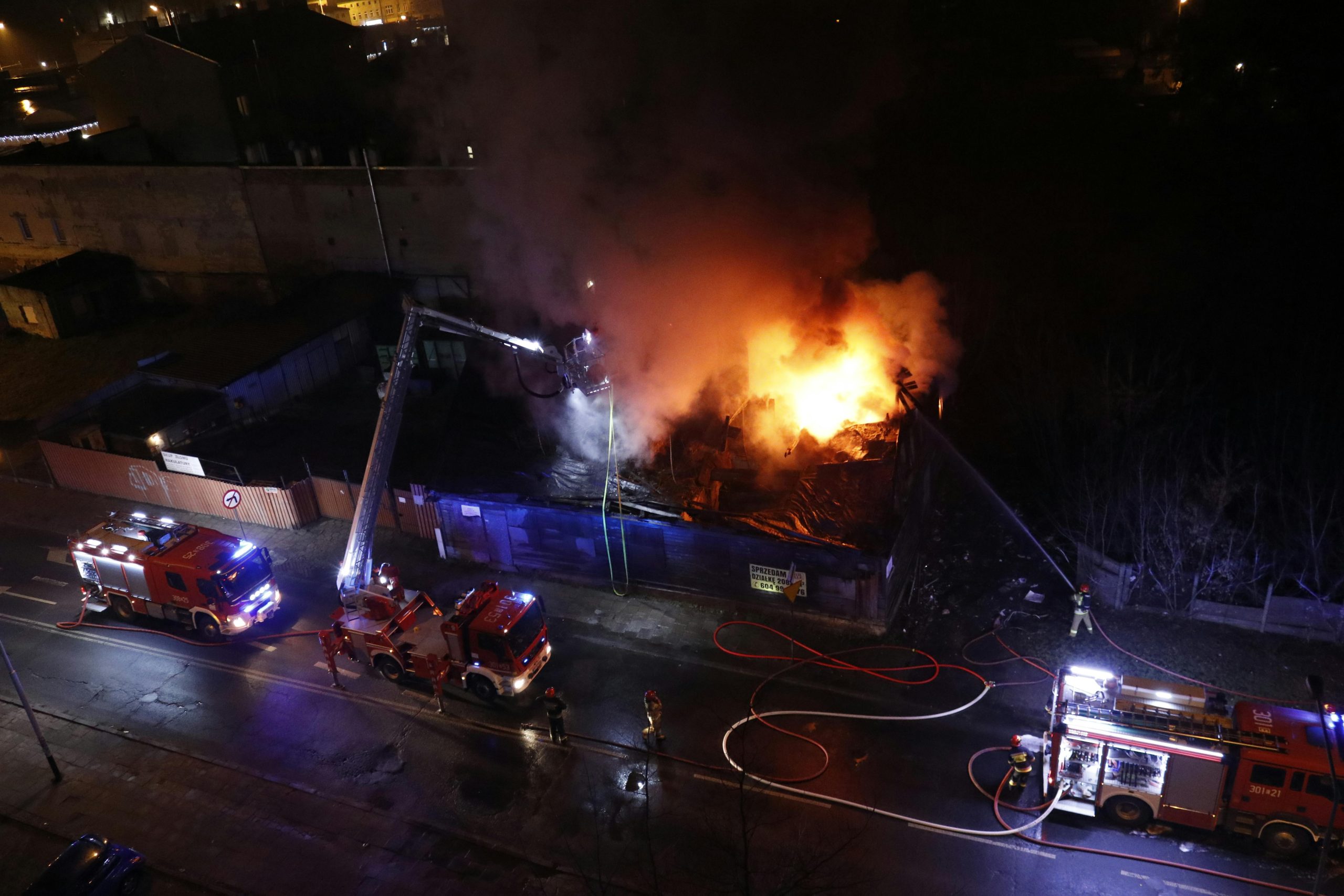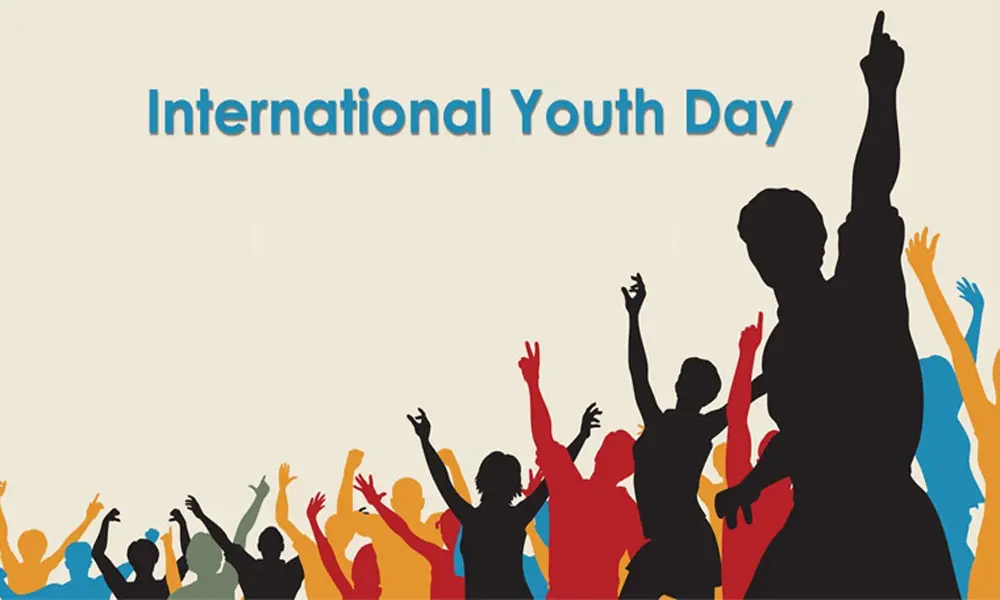The recent taxi strike that swept across major metropolitan areas may have disrupted daily routines, but beneath the inconvenience lies a powerful story of civic engagement and systemic reflection. Strikes, often seen as public disturbances, also function as important social and political tools. The taxi strike, organized in response to rising traffic fines and fuel costs, was not just a refusal to work—it was a strategic move that sparked city-wide conversations and meaningful responses.
In this article, we’ll explore the five positive impacts of the recent taxi strike move, revealing how it became a catalyst for change. From improved policy transparency to enhanced public empathy, the taxi strike served as more than a temporary halt in service. It became a symbol of collective bargaining power and a reminder of the interconnected nature of urban mobility.
1. Increased Public Awareness of Transportation Issues
One of the most immediate and noticeable impacts of the recent taxi strike was the increase in public awareness surrounding transportation sector challenges. Prior to the strike, many citizens were unaware of the harsh working conditions faced by taxi drivers—long hours, high operational costs, and stringent regulations.
Media outlets and social platforms became flooded with stories, interviews, and firsthand accounts from drivers. This exposure helped humanize the profession and made the public more empathetic to their plight. When people understood the reasons behind the strike, there was a shift in perception from frustration to solidarity. This change in public opinion can lead to more thoughtful discussions and support for sustainable policy reforms.
2. Prompted Government to Re-evaluate Transport Policies
A major positive impact of the taxi strike was the pressure it placed on local and regional governments to reassess their transportation policies. High traffic fines, increasing fuel prices, and outdated licensing laws were among the key issues raised.
In response, several municipalities initiated dialogue with taxi unions. Some city officials announced temporary relief measures, such as delaying the implementation of fine hikes or reviewing pricing policies. Others promised broader structural reforms, including subsidies and revisions to the permit system.
This responsiveness indicates that the taxi strike succeeded in its primary objective: forcing policymakers to confront and address long-standing grievances. It proved that peaceful collective action could drive meaningful administrative response.
3. Empowered Workers in Informal Sectors
The taxi strike also had a ripple effect in boosting the confidence of workers across other informal sectors. Taxi drivers, who often work without the protections afforded to formally employed workers, demonstrated the strength of unity.
The coordinated strike showed that even fragmented groups can organize and make their voices heard. It inspired ride-share drivers, auto-rickshaw operators, and even delivery personnel to begin their own conversations about labor rights, safety standards, and fair compensation.
By setting a precedent, the taxi strike highlighted the importance of representation, encouraging informal workers to demand better treatment and protections.
4. Encouraged Citizens to Explore Alternative Transportation
Another indirect but beneficial outcome of the taxi strike was the rise in public engagement with alternative transportation methods. With cabs and auto-rickshaws off the roads, many commuters turned to public buses, cycling, walking, and carpooling.
This unexpected shift led to increased awareness about eco-friendly commuting and the potential for reducing urban congestion. In some cities, local governments even reported a temporary dip in carbon emissions during the strike.
For urban planners and environmental advocates, the strike provided real-world data and momentum to push for more sustainable and resilient public transport systems. It served as a living example of what cities could look like with less reliance on individual vehicles.
5. Strengthened the Role of Unions and Collective Bargaining
The recent taxi strike emphasized the importance of unions and collective bargaining in protecting workers’ rights. While individual drivers might struggle to make an impact, their unified voice through unions gave them negotiating power.
Following the strike, several taxi unions gained new members, strengthening their role in future discussions. The strike also forced employers and policymakers to acknowledge the necessity of continuous dialogue and collaboration with worker associations.
This development is not only positive for taxi drivers but also for the broader labor landscape. It encourages stronger institutional mechanisms for dispute resolution and promotes healthier labor relations.
Conclusion: A Disruption That Sparked Dialogue and Action
Although the taxi strike caused temporary disruption, its long-term effects are overwhelmingly positive. It revealed structural flaws, initiated policy discussions, and brought attention to the struggles of thousands of transportation workers. Most importantly, it proved that collective action, when strategically executed, can lead to positive societal shifts.
Our website is your ultimate source of valuable information.
By raising awareness, empowering workers, and prompting systemic change, the taxi strike transitioned from being a protest to becoming a movement. For citizens, policymakers, and future advocates, it serves as a reminder that change often starts with resistance.
Let this be a call to continue the conversation and push for a more equitable and inclusive transportation system—one that values both its users and its providers.
FAQ
1. Why did the taxi strike happen?
The taxi strike was organized in response to rising traffic fines, fuel costs, and unfair transportation policies that negatively affected drivers’ livelihoods.
2. What was the public response to the strike?
While there was initial frustration due to service disruption, public sentiment shifted toward empathy as the reasons behind the strike became more widely understood.
3. Did the taxi strike lead to any policy changes?
Yes, in several regions, the strike prompted government reviews of fine structures, licensing regulations, and opened doors for dialogue between officials and taxi unions.










Leave a Reply